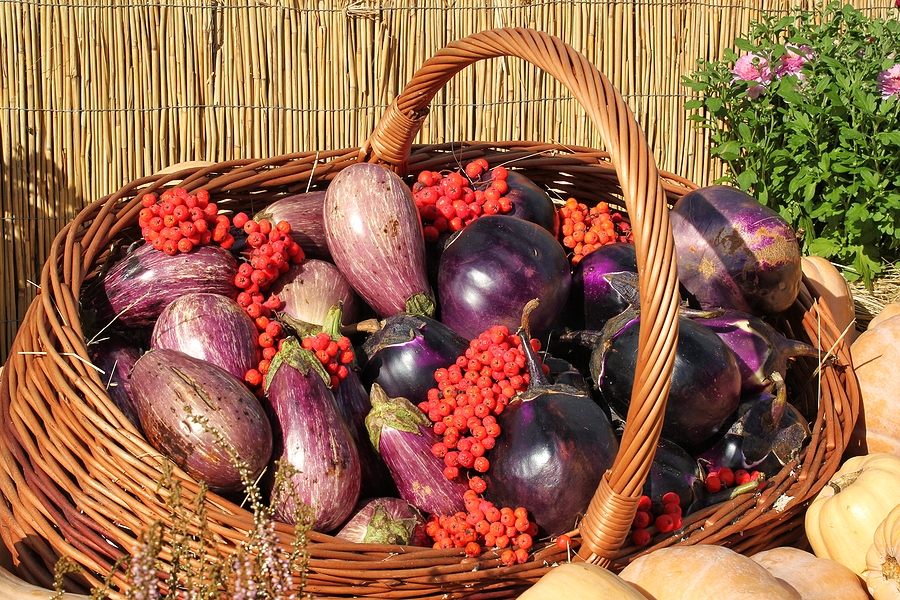These days, most of us don’t till the soil ourselves. We don’t raise the turkeys or dredge cranberries out of a bog. But to those of our past who did this as a matter of survival, it only made sense to give thanks for the abundance that would keep them and their families alive. It’s easier to see the land as a living entity when you rely on it day in and day out. Last week we discussed what the average 16th-century peasant went through just to ensure their larder was well-provisioned enough to get them through the winter season. The toil and effort it took to accomplish this was no small fear, so it is easy to understand why people felt the need to celebrate their accomplishment with harvest festivals!
Bénichon – Switzerland
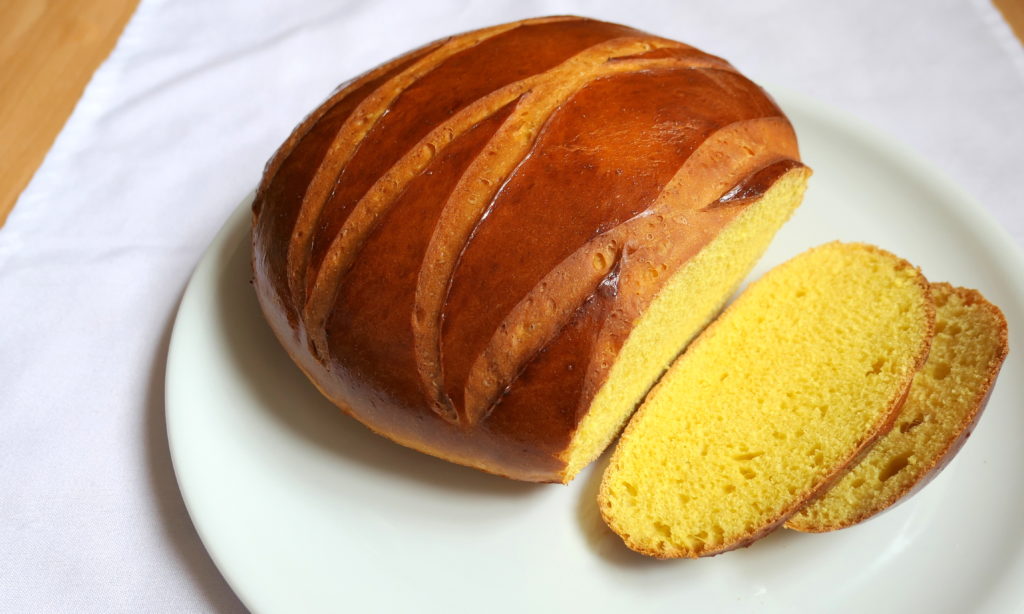

From the Latin word ‘benedicto’, this harvest festival originated as a Catholic religious celebration honoring the benediction of the church. However, the time spent in the pews was only a small part of what was otherwise a highly anticipated and vivacious secular celebration that was so highly favored that the church actually had to switch dates around so the somber commemoration would receive its due!
Each spring, thousands of livestock are driven into the migratory routes of the Alps into the Mediterranean. In some cases, entire families move along with the herds, along with their dogs and horses, sharing resources and helping one another to maintain their precious animals. This is a tradition going back hundreds of years which still continues today as families pass down the knowledge of how to accomplish such a feat to the younger generation.
Bénichon is marked as the time when the herds return from the Alps for the winter, reuniting families after a long summer apart and announcing the end of working in the fields. This makes the festival as much a celebration of reunion as it is about the harvest. Bénichon is a widely celebrated event, with many different regions giving the festival its own twist with events like hay cart racing, open-air markets, and baking of the cuchaule, (plaited saffron bread), which are among the most popular practiced traditions.
Dożynki – Poland
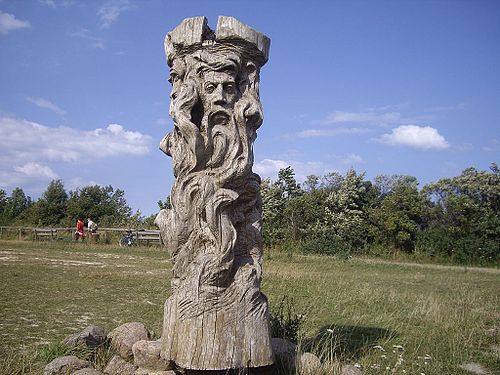

It’s impressive to know that some festivals predate Christianity and have survived the summary centuries to continue into the modern day. Dożynki is so widely celebrated by the Slavic people of the region that it can be recognized by many names; wyżynki, obrzynki, żniwniok, et cetera. But they all amount to the same thing. An ancient harvest festival dedicated to the Rani god of abundance and war, Svetovit. As the Catholic church gained in influence, thanks were more often attributed to the Virgin Mary and God, but modern-day celebrants often include thanks to honor their ancestral divinities as well.
As with many pre-Christian rites, the origins are unclear thanks to a lack of records on the subject. But the cult was prolific, with a temple on the island of Rügen and a massive festival day that took place after the final harvest of the year. The priests would clean out the temple in preparation, and folks gathered to honor their god through animal sacrifice and a massive pancake made from that year’s harvested grain. It was said that if the cake was large enough and sturdy enough for the priest to hide behind, then next year’s harvest would be equally plentiful.
The statue of Svetovit held a horn, filled to the bring with alcohol throughout the proceeding feast. In the morning, the priest would check the horn and if they found it was no longer full, the people would know that a bad year was coming and to make provisions. A full horn meant a year of plenty, which was received with relief. Wreaths were made with sheaves of grains which symbolized continued rich harvests, wealth, and overall prosperity. These would be blessed by the priest and then taken home in a procession to be used to sow the fields the following year. From there, the people would dance, sing, and make merry well into the night.
Thesmosphoria – Ancient Greece
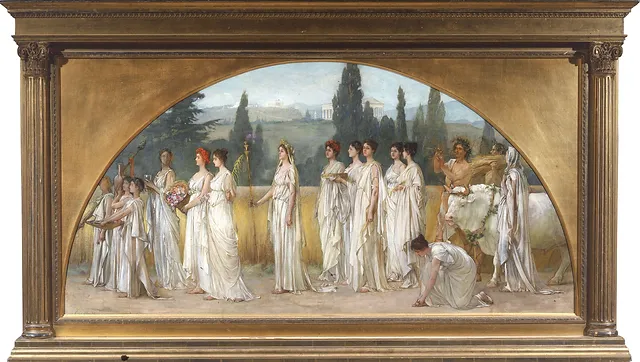

Most folks know the story of Hades’ kidnapping of Persephone to the Underworld, thus bringing a deep depression to Demeter and sending the world into a spiral of winter and blight that would not end until her daughter was returned. The Thesmosphoria celebrates that very reunion, allowing the goddess of spring to bless the world with spring and the bounties that it could offer. A celebration of agriculture, fertility, and general fertility, this celebration was held when the seeds were being planted in late autumn.
The festival’s rituals are barely known, as its celebration was exclusive to women, and they were very tight-lipped on the subject of what occurred. Men were absolutely forbidden from observing the rites, which was a big change from what most festivals of the time permitted as ‘well-behaved’ Greek women would have been at home, forbidden to participate at all. Women organized, oversaw, and performed all the duties associated with the festivities, which leaves one to wonder what would have happened to the poor fool who thought he could get away with spying on them.
The Thesmosphoria celebration lasted from three to ten days, depending upon the region and time period, and most of the participants remained in large tents rather than returning home during this time. On the first day, a sacrifice of piglets would be offered up and then placed in a megara, or pit, to decompose for a period of time before being retrieved on the second day and placed on an altar dedicated to Demeter and Persephone. Cakes were baked in the shape of serpents and phalluses, both of which were considered symbols of ancient fertility. The women would fast as a part of the ritual, believing these works would bring vital abundance to the next harvest.
On the third day, the women would encourage the goddess to bless their own fertility. How, you might ask? By telling lewd, crude, and obscene jokes and discussing subjects that no decent, married Greek wife would dare say back home! That’s right! In a practice known as apporeta, or ritual obscenity, women who were by and large confined to the domestic propriety expected of the sex in ancient Greece would participate in filthy stories and lewd tales in order to promote their chances of being fertile, participating in a past time that was mostly reserved only for men.
Samhain – Ancient Gaul
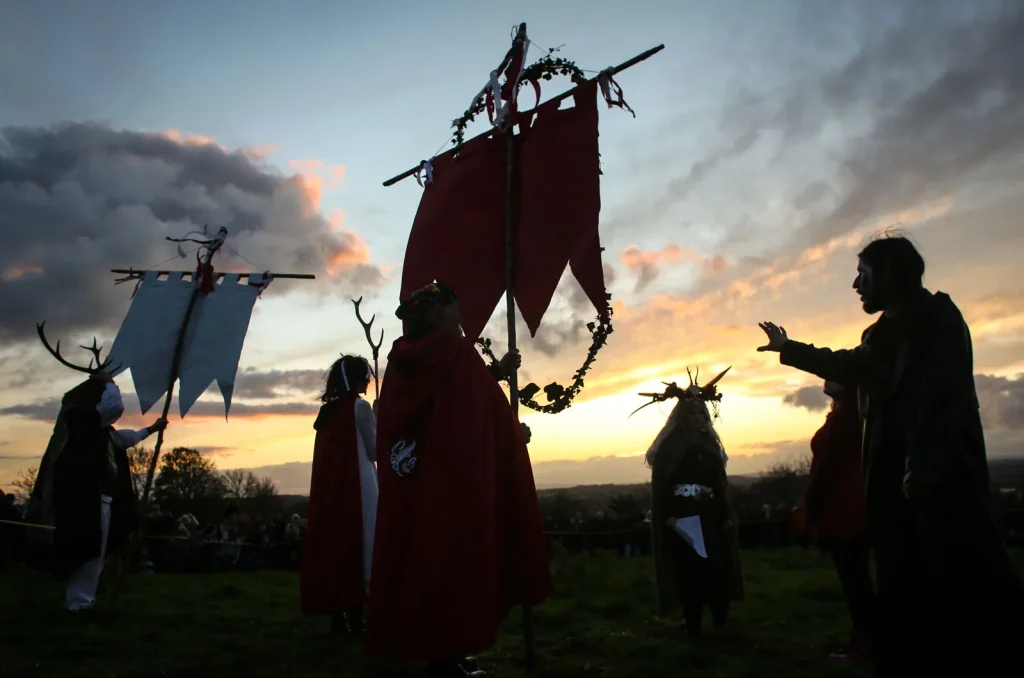

One of the most well-known harvest celebrations, Samhain, (pronounced SOW-in), is marked as a liminal festival, one that heralds the threshold between the dark and light halves of the year for the Celtic tribes that populated the ancient world. It marked the end of harvest season and, likewise the end of summer raids and travel. Grand feasts were held with drinking and contests, and it was often seen as a time during which debates were settled and redresses made before the clan leaders or even the King himself.
During Samhain, the boundaries between this world and that of the aoi se, or spirits, were considered to be at it’s thinnest. Gods and denizens of the Otherworld were said to wander freely, appeased only by offerings of food and drink to honor their presence. The souls of the dead would revisit their homes and families, seeking hospitality among their kin, who would set a place for them at the table.
At this time of year, the herds were brought in from the grazing pastures to be slaughtered or kept for the next season. The druids, the priestly class of the Celts, would light massive bonfires to cleanse the livestock of whatever mischievous spirits might have clung to their fur over the summer and offer protection to the villages before winter arrived. People from the village would take a branch and bring some of the fire back to their hearths so that it might extend its protection to their home.
Divination was heavily practiced by both the druids and the common folk. The druids would look to the future of the nation, turning to their rituals for signs of coming war, a bad harvest, or the death of a monarch. The average person looked for more simple, but no less significant omens about marriage, children, and the death of family. Auspicious events were also said to take place at Samhain gatherings, with this backdrop being included in many ancient Celtic legends.
Whether you celebrate these festivals, something close to it, or nothing at all, it is important to remember that a piece of our heritage as human beings comes from the things our ancestors did to mark their lives and the passage of time. From the Old World to the modern day, we still see people offering thanks for the bounty that exists and prayers in the hopes that such plenty will continue into the future.
